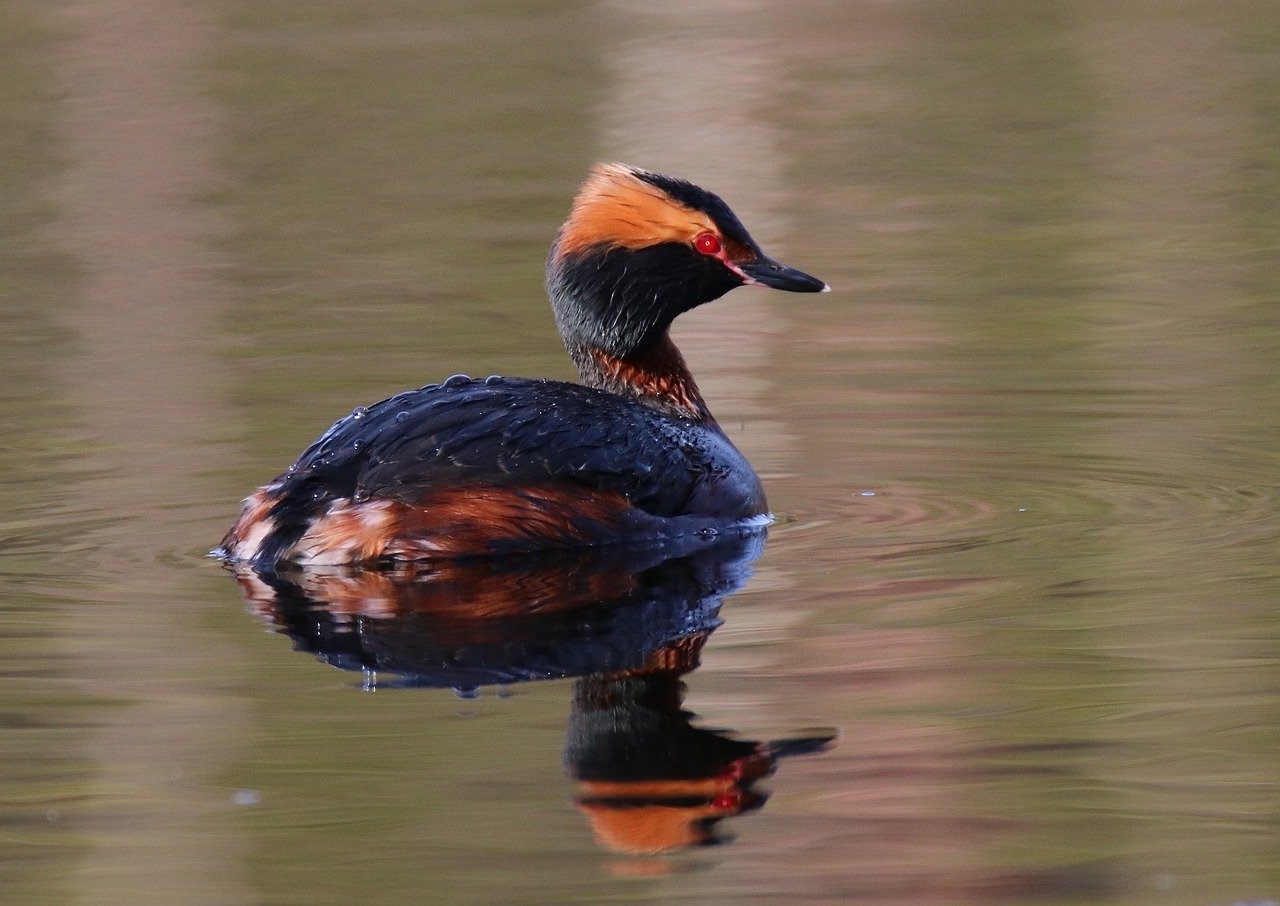Breeding success in Horned Grebe Podiceps auritus in Västergötland, Southwest Sweden
DOI:
https://doi.org/10.34080/os.v25.22543Keywords:
limiting factors, interspecies interaction, coloniality, artificial habitats, habitat selection, brood sizeAbstract
Breeding success of the Horned Grebe Podiceps auritus was controlled during 2005–2011 at 41 breeding sites with a median size of 1.07 ha in Västergötland, southwest Sweden. The number of pairs varied between 39 and 51. The production of young was 0.99 per pair and year. In natural water bodies there were 1.23 chicks per pair and year and 68% of the breeding pairs got one or more chicks per pair and year. In artificial water bodies the corresponding values were 0.92 and 50%. Breeding sites with one pair produced 1.29 young per pair and year, compared to 0.85 young where two or more pairs were breeding at the same site, a difference of 0.44 young. There was a similar difference (0.48 young) for artificial water bodies holding one pair or more than one pair, respectively, in contrast to natural water bodies for which the difference was small. There were no indications that the number of young was higher at breeding sites with Mew Gulls or Black-Headed Gulls.
Downloads

Downloads
Published
How to Cite
Issue
Section
License
The copyright of each contribution belongs to the author(s), but all contributions are published under a Creative Commons license, so that anyone is free to share and reuse the contribution as long as the copyright holder is attributed.







